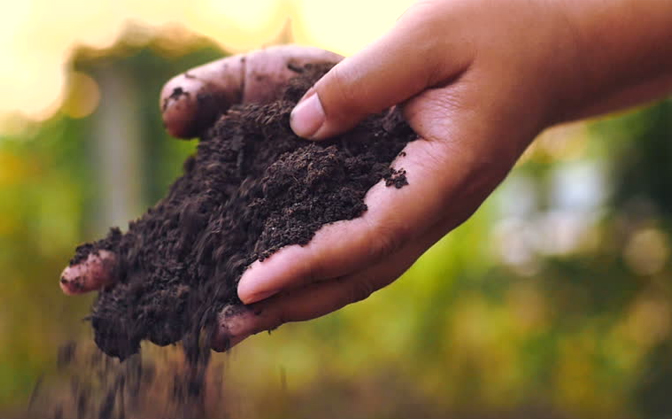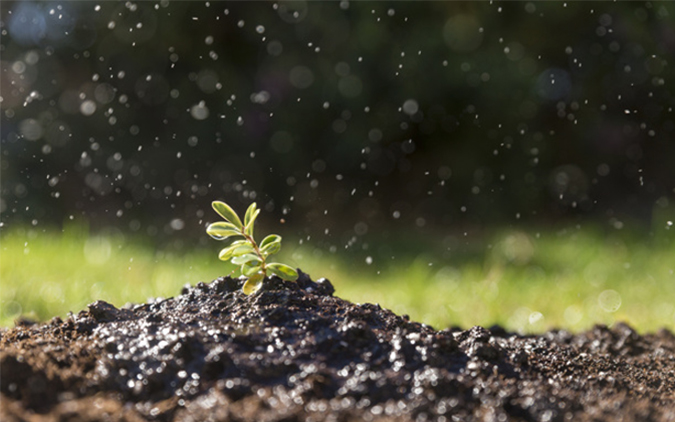

To meaningfully contribute to the social and economic development of the local communities in which we operate, in the fields of education, healthcare and environment. Our focus is on the upliftment of the weaker sections of the society in order to make their lives better thereby raising our country's human development index.

Trees have a high ecological stabilizing element. They are essential for human and other animal life on Earth as they capture energy from the Sun and convert it into food in the form of seeds, fruits, leaves and roots. Trees are central to many ecological processes for climate regulation, such as, absorbing carbon dioxide, fertility of the soil and the purification of both water and air. Trees absorb carbon dioxide from the atmosphere and store it in their trunk thereby cleaning the atmosphere. The soil around the trees also absorbs carbon dioxide and stores it. The roots prevent the soil from erosion. They improve the quality of life in residential areas. They work as sound barriers. Trees protect us severe winds and storms. They provide a soothing and relaxing atmosphere. They attract numerous birds, bees and butterflies which are good for our ecological system.



or every tree, you will need 1 kg of manure Mix the following items



Proper selection of the native trees species plays a pivotal role on successful forestation. Vinay and Ajay Foundation has developed a nursery of native trees which are ready for plantation. The saplings should not be watered for minimum 2 days before plantation.
Vinay and Ajay Foundation. Kindly contactus in case you require any saplings for aforestation.

Ideally Native Trees Species Must Be Planted At The Beginning Of The Monsoon Season As Moisture In The Atmosphere, As Well As, Moderate Temperatures Support’S Their Survival. Planting Should Commence After 50 Mls Of Rain Has Fallen As The Ground Conditions Are Condusive To The Growth Of The Saplings. Planting Should Be Completed During The Rainy Season. The Summer And The Winter Season Are Dry And Have Extreme Temperatures Which Are Non Condusive To The Survival Of The Saplings.



After securing the site from any vandelism or thoroughfare, plant the native trees in the pit.

Properly planted saplings can become self sustainable within two-three years, as subsequently, they develop their own eco system. Till such time, the following care must be taken.

The Company supports the underprivileged children to complete their education by supporting them in their school fees, providing education kits, upgrading school infrastructure and building computer centers.


The company organises health camps for the underprivilege as well as support local villages by building toilets in order to promote "Swach Bharat" mission of the Government.
B-206A Sector 81, Phase II,
Noida 201305
Uttar Pradesh , India
+91 120 4093901,
+91 120 2462552
+91 120 2461371
